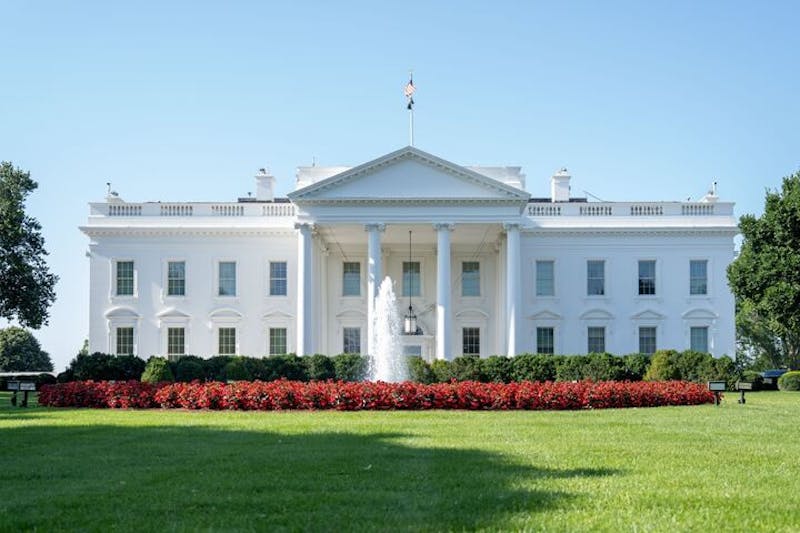The subways and trolleys Penn students use to get around are piloting a new technology to reduce energy costs.
This month, the Southeastern Pennsylvania Transportation Authority (SEPTA) implemented a new braking technology to prevent electricity from going to waste, using a new battery storage system to store excess energy from the train. The project will be carried out by capturing the regenerative braking energy of trains along the Market-Frankford line, according to SEPTA General Manager Joseph M. Casey.
Previously, SEPTA’s braking technology could tap into the system’s third rail or overhead power line and absorb the energy only if there were a train ahead. However, if there were no train ahead, the energy would be lost as heat.
SEPTA will now make use of new generation “Silverliner V” railcars — battery-equipped train models that can reabsorb the overhead electrical energy to charge or transfer surplus power to the Letterly Substation in Kensington. Last year, the substation underwent alterations to adjust to the new trains, including storage of a new battery and collection of the regenerated energy.
“This project will bolster SEPTA’s ongoing efforts to control costs by making the transit system more sustainable,” Casey said. “Through this pilot project, we are exploring a new resource that could provide savings and environmental benefits now and for generations to come.”
According to Casey, the implementation of this technology will enable SEPTA to power its trains with onboard batteries when energy prices are at their highest. In addition, it will reduce the load on the metropolitan power grid and acquire money for the transportation authority when the electricity is placed back into power markets.
The project was made possible through a $1.5 million investment in September 2010, which included a $900,000 grant from the Pennsylvania Energy Development Authority as well as funding from Viridity Energy, Casey said.
“This project showcases that there is incredible opportunity on the customer side of the meter to transform existing assets into virtual power using smart energy technology,” said Audrey Zibelman, president and CEO of Viridity Energy. “We are excited about the potential that this program has for SEPTA to achieve significant savings and revenue by capturing the energy created through the operations of their existing trains and leveraging that energy to meet the needs of the electric grid.”
Rising College sophomore Sara Allan, who leads the Political Committee of Penn Environmental Group, is pleased that SEPTA will be able to save energy through the new technology. However, she added that “to really be a sustainable city, there needs to be much more innovation — ideally powered by collaboration between companies, organizations, and the government.”
The Daily Pennsylvanian is an independent, student-run newspaper. Please consider making a donation to support the coverage that shapes the University. Your generosity ensures a future of strong journalism at Penn.
DonatePlease note All comments are eligible for publication in The Daily Pennsylvanian.







